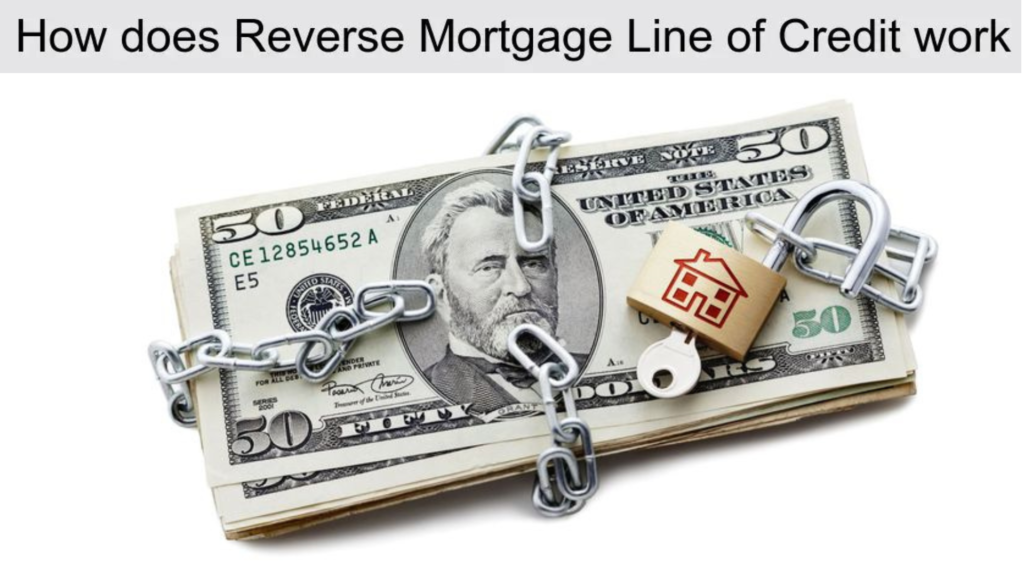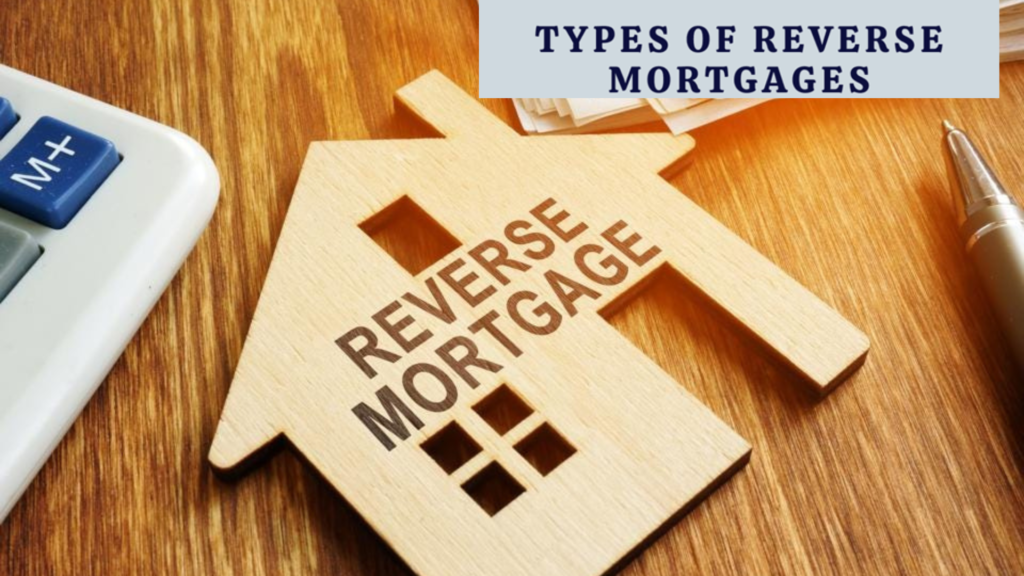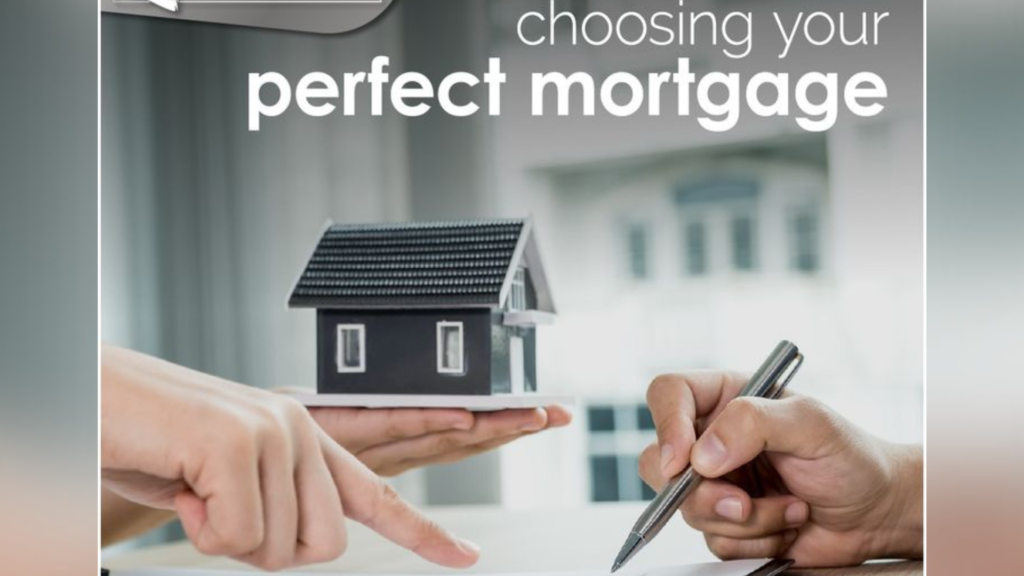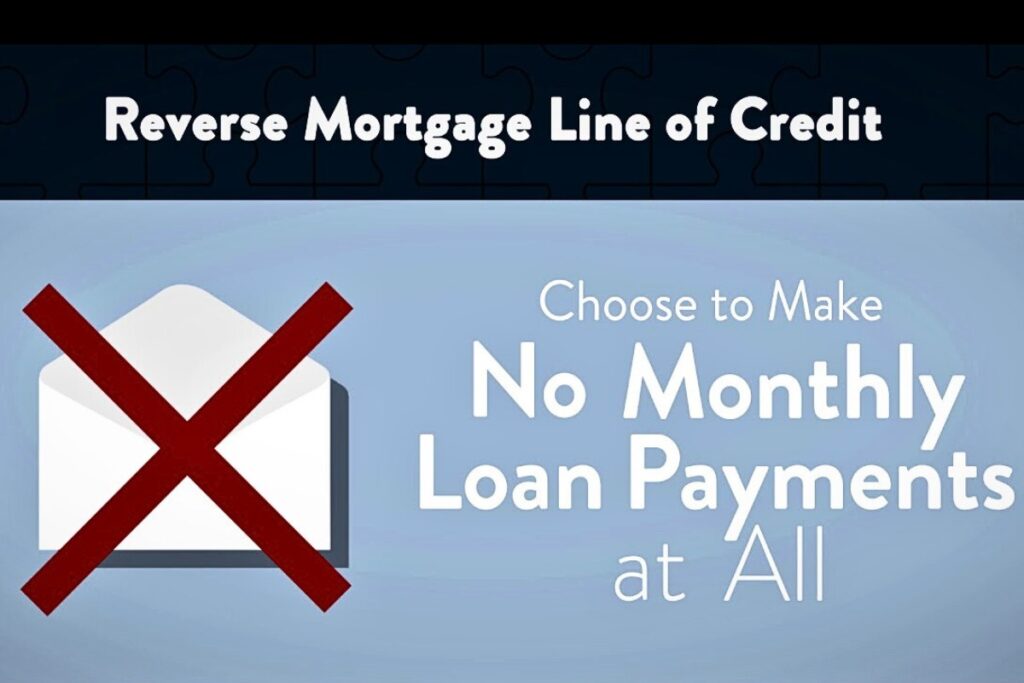One common thing many people do as they get closer to retirement is start looking for ways to keep their finances stable in their later years. A reverse mortgage line of credit is one solution that has become a very popular option for this category of people.
With a reverse mortgage, homeowners can access the equity they’ve built up in their homes without immediate repayment obligations, unlike typical mortgages, which require monthly payments. This option can be particularly appealing for retirees looking for flexible access to funds.
We explore how this mortgage works, its types, pros and cons, and whether it fits your financial goals.
What Is a Reverse Mortgage Line of Credit?
A reverse mortgage line of credit is a home equity loan created for homeowners with a mortgage age of at least 62 years. It allows them to convert part of the equity in their home into cash, which they can access whenever they want.
Unlike a traditional mortgage or home equity loan, a reverse mortgage requires no monthly loan payments. Instead, repayment is delayed until the homeowner moves out, sells their house, or dies.

This kind of reverse mortgage is particularly appealing because of the line of credit feature. With this feature, homeowners are able to borrow money when needed without having to pay interest on the entire loan amount upfront.
Plus, as the home’s value continues to rise, the line of credit will grow over time, providing a safety net of financial security for unexpected expenses or supplementing retirement income.
How Does a Reverse Mortgage Line of Credit Work?
A fundamental principle in the reverse mortgage line of credit is that you borrow against the value of your home. But unlike a regular mortgage, where you’re making payments to reduce your loan balance, with a reverse mortgage, you either receive payments or have access to a line of credit, and the loan balance increases over time as interest builds up.
Here’s a breakdown of how it works:
Eligibility
To qualify for this mortgage, you must be at least 62 years old, live in the home as your primary residence and own it completely, or have a small mortgage balance that can be paid off with the reverse mortgage.
Appraisal
The value of your home will be reviewed to determine how much equity you can borrow against. This value, among other factors like your age and current interest rates, will all determine how much you will receive.
Line of Credit
Once approved, the lender creates a line of credit with a maximum loan limit. This allows you to borrow as much or as little as you need within the limit. One key benefit is that the unused part of the line of credit can grow over time, potentially providing even more funds in the future.

No Monthly Payments
As long as you live in your house, you aren’t required to make monthly payments. Usually, the loan is repaid when the borrower sells their house, moves into assisted living, or passes away.
Loan Repayment
After selling or vacating the house, the loan must be repaid. If the home sells for more than the loan balance, the difference goes to the homeowner or their heirs. If the home sells for less, the lender takes the loss, as the loan is insured through the Federal Housing Administration (FHA).
To further understand this, a simple reverse mortgage example would be:
Let’s say you’re a 70-year-old homeowner with a house valued at $400,000. After an appraisal, you qualify for a reverse mortgage line of credit with an initial borrowing limit of $200,000. You then decide to use only $50,000 of this credit to pay for some unexpected medical expenses.
If, over the next few years, you don’t use any more of the credit. The unused portion of your line of credit will grow over time, and your available credit line will increase. In this case, by year five, your credit line may have increased to $170,000 because of the interest rates and market conditions, which gives you more funds to use as you please.
Types of Reverse Mortgages
There are different types of reverse mortgages that cater to various financial needs. They include:
1. Home Equity Conversion Mortgage (HECM)
This is the most common type of reverse mortgage and is insured by the FHA. Many homeowners looking for a reverse mortgage line of credit tend to go for it it because it has government protections.
2. Proprietary Reverse Mortgages
These are private loans that offer larger loan amounts than HECMs, making them suitable for owners of higher-value properties. However, they might not have all of the protections provided by federally insured loans.

3. Single-Purpose Reverse Mortgages
These loans are the most affordable choice, but they can only be used for certain things like property taxes or home repairs. They are offered by some non-profits and local or state government agencies.
Having explained the types in details, it is important to note that you may not be able to claim a mortgage interest deduction until the loan is fully paid off, which is typically when the home is sold. Also, to estimate how much you may qualify for and what your loan terms might look like, you can use a reverse mortgage calculator. This allow you to input your age, home value, current reverse mortgage rates, and other factors.
Reverse Mortgage Line of Credit Pros and Cons
Just like any other financial tool, a reverse mortgage line of credit has its advantages and disadvantages. It is important that you consider both sides before making a decision.
Pros
- No Monthly Payments: You don’t have to make a monthly payment with this mortgage plan. Instead, it frees up cash for your needs during retirement.
- Flexibility: This allows you to borrow only when you need it, which can be a better option than taking out a huge sum and paying interest on the entire amount.
- Credit Line Growth: For as long as you live in the house, the unused portion of the credit line can grow over time, providing you a steadily increasing financial resource.
- No Risk of Owing More Than the Value of the Home: Since reverse mortgages are typically Home Equity Conversion Mortgages (HECM), they are federally insured. This means you or your heirs will never owe more than the value of the home when the loan is due.
- Stay in Your Home: You get to stay in your home and continue to access funds. This makes it easier to age gracefully without worrying about immediate loan payments.

Cons
- Decreasing Home Equity: As you take out loans against the equity in your house and interest mounts, the balance of the loan increases, therefore reducing the amount of equity you have in the home.
- Fees and Costs: Reverse mortgages often come with higher fees, including insurance premiums and closing costs, which can add up over time.
- Impact on Heirs: When the house is sold, there might not be much or any home equity left to leave to heirs since the loan is paid back.
- Qualification Requirements: Not all homes or homeowners qualify. There are specific requirements regarding age, type of property, and residence status.
Is a Reverse Mortgage Line of Credit Right for You?
Deciding whether a reverse mortgage line of credit is the right financial option depends on your individual situation. For homeowners with significant equity who wish to stay in their homes, it can offer flexibility and peace of mind during retirement.

You can make an informed decision by using tools like a reverse mortgage line of credit calculator and learning about the pros and cons. Just make sure to consider all the factors before deciding.

